
The run is the bane of the Clydesdale’s triathlon existence. We’ve got knees tore up from being 300-lb lineman with replaced ACLs and scar patterns that look like a MapQuest printout. On the run, gravity works against us on every step, hill or no hill, up or down. Each stride threatens to tear up an ankle, knee or hip and not from stepping on a loose rock or twig – just from taking the stride!
So what do we do differently? Please keep in mind that I’m not a coach, not certified as a coach, have no sports medicine background or education, so I’m really just shooting from the hip here, and telling you what works for me. First, when it comes to running, when starting out as a Clydesdale endurance athlete, LESS is MORE. Most of us are on a path to lowering our weight and changing our physique. We look longingly at those lean runners with their easy strides and pencil necks and say, “that’s how I want to look” (well, not exactly, but sort of...). Running, by itself, could certainly go a long way towards getting to our weight loss goals, and of the 3 (swimming, biking and running) disciplines, running is the most time-effective fat burner. More importantly, however, running beats us up! It causes injuries! When you are hurt, you can’t train, and when you aren’t training, in general, you’re putting those lbs back on. LESS is MORE, when you are first getting started, keeps you healthy to train more, so that when you lose enough weight to better handle the stress of running, you can change your run training attitude to MORE is MORE.
I want to look” (well, not exactly, but sort of...). Running, by itself, could certainly go a long way towards getting to our weight loss goals, and of the 3 (swimming, biking and running) disciplines, running is the most time-effective fat burner. More importantly, however, running beats us up! It causes injuries! When you are hurt, you can’t train, and when you aren’t training, in general, you’re putting those lbs back on. LESS is MORE, when you are first getting started, keeps you healthy to train more, so that when you lose enough weight to better handle the stress of running, you can change your run training attitude to MORE is MORE.
How do you get to MORE is MORE? Bike and Swim – a lot! Spend the bulk of your training time biking and swimming, burning up the calories on non-impact aerobic training. Stay in your BASE heart rate zones, and burn off fat. You still have to run, and I can’t tell you what kind of time to devote to running each week – at some point you will look in the mirror and know you’ve lost enough weight to safely transition to More is More – until then, be very conservative. A couple of other thing for the big folks out there:
1. Change out your running shoes regularly. I keep a log with Training Peaks, and it tracks my shoe wear for me, and I don’t let it get over 300 – probably 250 miles is even better. At 245lbs, I’m sure I break down the stuff that makes a running shoe absorb road stress quicker than the average runner.
2. Run quietly! Maybe it’s my military background, and I even ran track in High School – but it really gets me to hear guys and gals running down the road slapping their feet against the pavement (or just as bad, dragging their feet). These are the same folks with lots of vertical movement in their strides – you want to keep from getting injured and run with good form – run quietly and as level as you can. When you are quiet, you are softer on your joints. When you are less vertical, you put less strain on your joints and put more force towards horizontal movement – the kind that counts!
3. Shorten your stride. This really works well for me. I run with my Garmin and when try and lengthen my stride like when I was a kid, I can immediately see my HR rise and my speed fall. Shorten my stride (increasing run cadence) and the effort goes down, my HR drops and my speed shoots back up. Try it – concentrate on it – it works. At first it feels unnatural – especially for tall folks – just work on it over time, and soon you will notice how much easier it is to run this way (the way that all the great long-distance runners do it these days…). And here is where you can see the difference between the suggestions from the Mag’s and Clydesdale reality – I read an article in BeginnerTriathlete.com that suggests a cadence of 90 (that’s 180 left-right steps in a minute…). Go out and try that – HA! That’s 3 steps a second – 1-2-3, that might be a 6:30/min mile pace runner’s reality, but for my 9:00 pace running large bottom, I just can’t (yet) move my feet that quickly. But, it gives us something to work toward. Get your pace now, use it as a starting point, and work toward making it quicker. That’s all you can do!
4. Walk to increase your mileage. I ran a marathon in November ’05 at 275lbs and in getting ready for it; I’d mix a lot of walking into my long run days. The following week, I’d try and hold off the walking longer than the previous week, and increase the run distance while keeping the walking distance about the same. It worked well, and while I didn’t set any records with my 4:55 marathon, I felt good for the distance and didn’t get hurt.
Granted, the Less is More approach isn’t going to get you to the podium. Let’s face it, more often than not, the good RUNNERS win triathlons, and at some point down the line, if you want to be a FOP Clydesdale, you’ll have to decide to become a runner. In the mean time, while you are losing weight and just enjoying your new-found sport, concentrate on Swimming and Biking, get good at those disciplines, and when you are ready, you can transition to More is More running.
So what do we do differently? Please keep in mind that I’m not a coach, not certified as a coach, have no sports medicine background or education, so I’m really just shooting from the hip here, and telling you what works for me. First, when it comes to running, when starting out as a Clydesdale endurance athlete, LESS is MORE. Most of us are on a path to lowering our weight and changing our physique. We look longingly at those lean runners with their easy strides and pencil necks and say, “that’s how
 I want to look” (well, not exactly, but sort of...). Running, by itself, could certainly go a long way towards getting to our weight loss goals, and of the 3 (swimming, biking and running) disciplines, running is the most time-effective fat burner. More importantly, however, running beats us up! It causes injuries! When you are hurt, you can’t train, and when you aren’t training, in general, you’re putting those lbs back on. LESS is MORE, when you are first getting started, keeps you healthy to train more, so that when you lose enough weight to better handle the stress of running, you can change your run training attitude to MORE is MORE.
I want to look” (well, not exactly, but sort of...). Running, by itself, could certainly go a long way towards getting to our weight loss goals, and of the 3 (swimming, biking and running) disciplines, running is the most time-effective fat burner. More importantly, however, running beats us up! It causes injuries! When you are hurt, you can’t train, and when you aren’t training, in general, you’re putting those lbs back on. LESS is MORE, when you are first getting started, keeps you healthy to train more, so that when you lose enough weight to better handle the stress of running, you can change your run training attitude to MORE is MORE.How do you get to MORE is MORE? Bike and Swim – a lot! Spend the bulk of your training time biking and swimming, burning up the calories on non-impact aerobic training. Stay in your BASE heart rate zones, and burn off fat. You still have to run, and I can’t tell you what kind of time to devote to running each week – at some point you will look in the mirror and know you’ve lost enough weight to safely transition to More is More – until then, be very conservative. A couple of other thing for the big folks out there:
1. Change out your running shoes regularly. I keep a log with Training Peaks, and it tracks my shoe wear for me, and I don’t let it get over 300 – probably 250 miles is even better. At 245lbs, I’m sure I break down the stuff that makes a running shoe absorb road stress quicker than the average runner.
2. Run quietly! Maybe it’s my military background, and I even ran track in High School – but it really gets me to hear guys and gals running down the road slapping their feet against the pavement (or just as bad, dragging their feet). These are the same folks with lots of vertical movement in their strides – you want to keep from getting injured and run with good form – run quietly and as level as you can. When you are quiet, you are softer on your joints. When you are less vertical, you put less strain on your joints and put more force towards horizontal movement – the kind that counts!
3. Shorten your stride. This really works well for me. I run with my Garmin and when try and lengthen my stride like when I was a kid, I can immediately see my HR rise and my speed fall. Shorten my stride (increasing run cadence) and the effort goes down, my HR drops and my speed shoots back up. Try it – concentrate on it – it works. At first it feels unnatural – especially for tall folks – just work on it over time, and soon you will notice how much easier it is to run this way (the way that all the great long-distance runners do it these days…). And here is where you can see the difference between the suggestions from the Mag’s and Clydesdale reality – I read an article in BeginnerTriathlete.com that suggests a cadence of 90 (that’s 180 left-right steps in a minute…). Go out and try that – HA! That’s 3 steps a second – 1-2-3, that might be a 6:30/min mile pace runner’s reality, but for my 9:00 pace running large bottom, I just can’t (yet) move my feet that quickly. But, it gives us something to work toward. Get your pace now, use it as a starting point, and work toward making it quicker. That’s all you can do!
4. Walk to increase your mileage. I ran a marathon in November ’05 at 275lbs and in getting ready for it; I’d mix a lot of walking into my long run days. The following week, I’d try and hold off the walking longer than the previous week, and increase the run distance while keeping the walking distance about the same. It worked well, and while I didn’t set any records with my 4:55 marathon, I felt good for the distance and didn’t get hurt.
Granted, the Less is More approach isn’t going to get you to the podium. Let’s face it, more often than not, the good RUNNERS win triathlons, and at some point down the line, if you want to be a FOP Clydesdale, you’ll have to decide to become a runner. In the mean time, while you are losing weight and just enjoying your new-found sport, concentrate on Swimming and Biking, get good at those disciplines, and when you are ready, you can transition to More is More running.




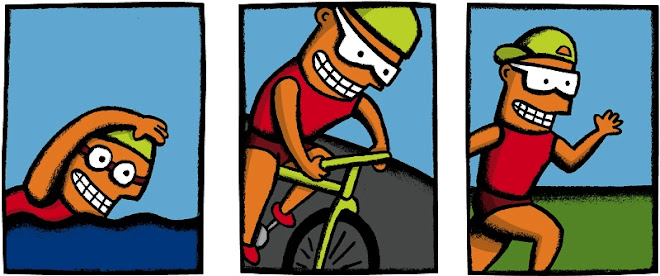

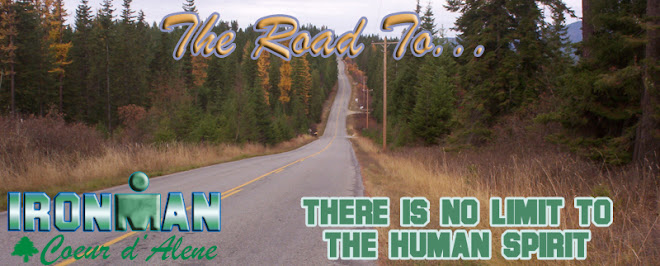


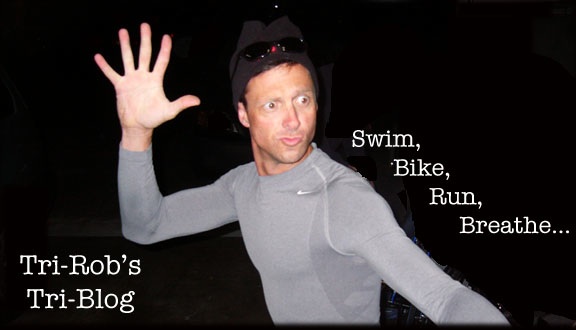
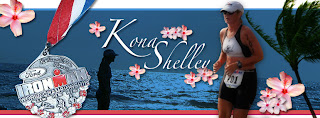


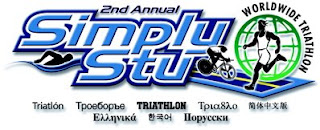






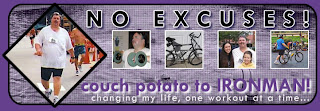


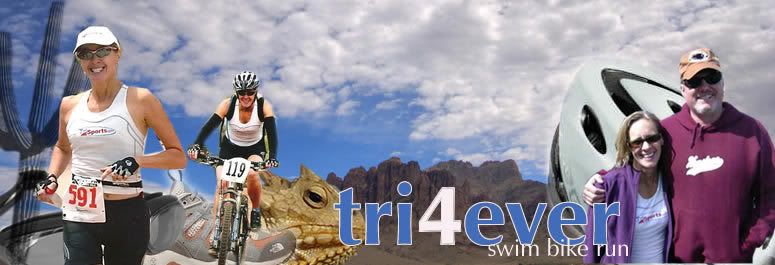


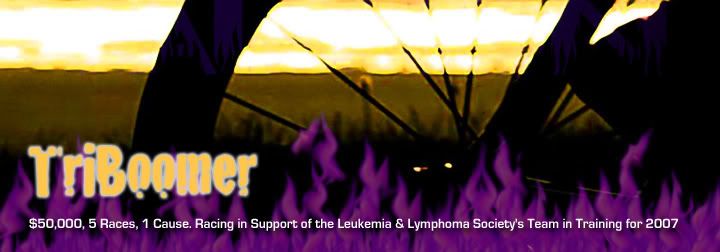

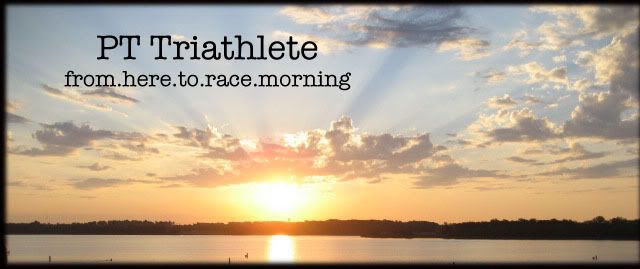











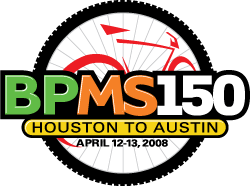











4 comments:
Greatly said for us Clydesdales!
I did the same with working on shortening my stride. My HR came down and my pace went up.
Its tough pushing 200+ down the road but no matter what weight you are, it's tough if you don't put in the time.
Rockon..
Thanks for the advice, sounds like a good thing for me (a super clyde),
Great ifo thanks!
I'm not a clydesdale, but the stride info works for any size. Thanks dude!
Post a Comment